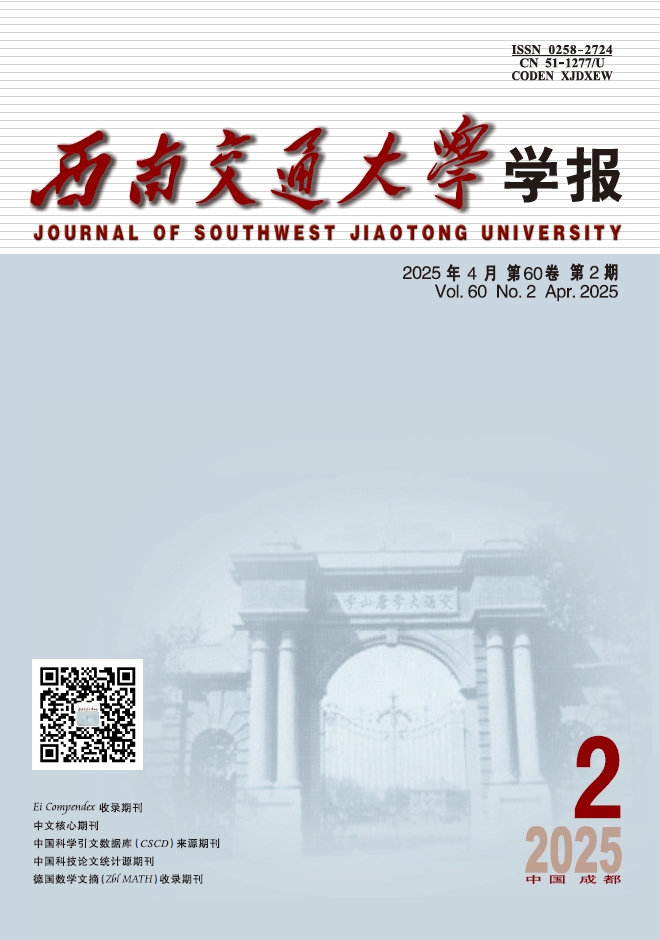2011 Vol. 24, No. 6
Display Method:
2011, 24(6): 926-932.
Abstract:
Influence of Additional Stiffness of Traction Bar on Vertical Dynamic Performance of Subway Vehicles
2011, 24(6): 979-982.
doi: 10.3969/j.issn.0258-2724.2011.06.015
Abstract:




 Advance Search
Advance Search
 Email alert
Email alert RSS
RSS [Abstract]
[Abstract] PDF 1545KB
PDF 1545KB Supplements
Supplements [Cited By]
[Cited By]